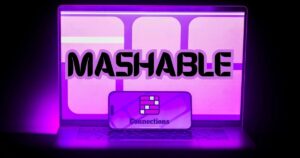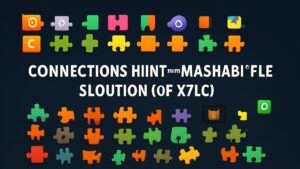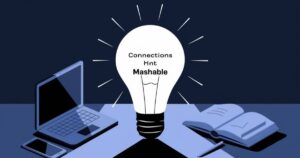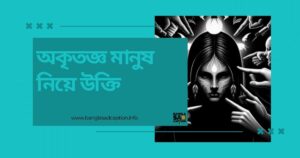The New York Times’ Connections game has taken the world of word games by storm. While Wordle paved the way for bite-sized daily puzzles, Connections offers a new level of complexity challenging players to identify subtle links between words that often seem entirely unrelated. For those who crave a daily mental workout, Connections has become an addictive ritual. But when the grid leaves you scratching your head, that’s where Connections Hint Mashable becomes your best friend.
This guide offers daily hints, solutions, and strategies to help you master the Connections puzzle without taking away the satisfaction of solving it yourself. Read on to learn how to approach the game, get unstuck, and even start predicting groupings before they’re obvious.
What Is NYT Connections and Why Is It So Popular?
The Rise of Word Puzzles in the Digital Age
In recent years, word games have seen a huge resurgence in digital form. With the success of games like Wordle, it’s clear that millions of people love a good vocabulary challenge. Connections, released by the New York Times Games team, builds on that momentum by introducing a new kind of logic puzzle.
The Core Gameplay of Connections
The Connections puzzle consists of 16 words that players must sort into four distinct groups of four words each. These groups share a common theme, which may be obvious or incredibly obscure. What makes it challenging is that the themes can span everything from pop culture references and historical figures to homophones, puns, and even visual or phonetic similarities.
How Connections Hint Mashable Helps You Win
Avoid Spoilers with Tiered Hints
Connections Hint Mashable offers layered hints, starting with vague category clues and escalating to more direct nudges. If you’re stuck but don’t want to see the full answer, our hints guide you without ruining the puzzle.
Complete Daily Solutions
For those times when you just can’t figure it out, we provide the full solution, broken down by category. We don’t just list the answers we explain the connections, helping you improve for future puzzles.
Daily Breakdown: How to Use Our Hints Effectively
Step 1: Identify the Obvious
Start by spotting any group of words that clearly relate e.g., colors, countries, musical instruments. These usually form the easiest (yellow) category.
Step 2: Use Tier-One Hints
Check our Tier-One Hints, which are non-specific category clues like:
- “Think about kitchen tools.”
- “These might appear in a courtroom.”
Step 3: Try Again Before Looking Further
Only move to Tier-Two Hints if you’re still stuck. These are more direct:
- “Spatula, Ladle, Tongs, Peeler” – Kitchen Utensils.
- “Judge, Jury, Lawyer, Bailiff” – Courtroom Roles.
This step-by-step process encourages learning without dependency.
Understanding the Four Difficulty Levels
Yellow – Easy & Obvious
Often includes basic categories like days of the week, colors, or animals. Start here to build confidence.
Green – Moderate Complexity
Includes themes like job titles, tools, or common phrases. Requires moderate reasoning.
Blue – Tricky Groupings
This tier involves more subtle linguistic clues, such as synonyms, idioms, or rhyming words.
Purple – Most Difficult
Purple is the true test. Often based on puns, pop culture references, or double meanings, these categories are the last most players get.
Examples of Past Connections & What They Teach
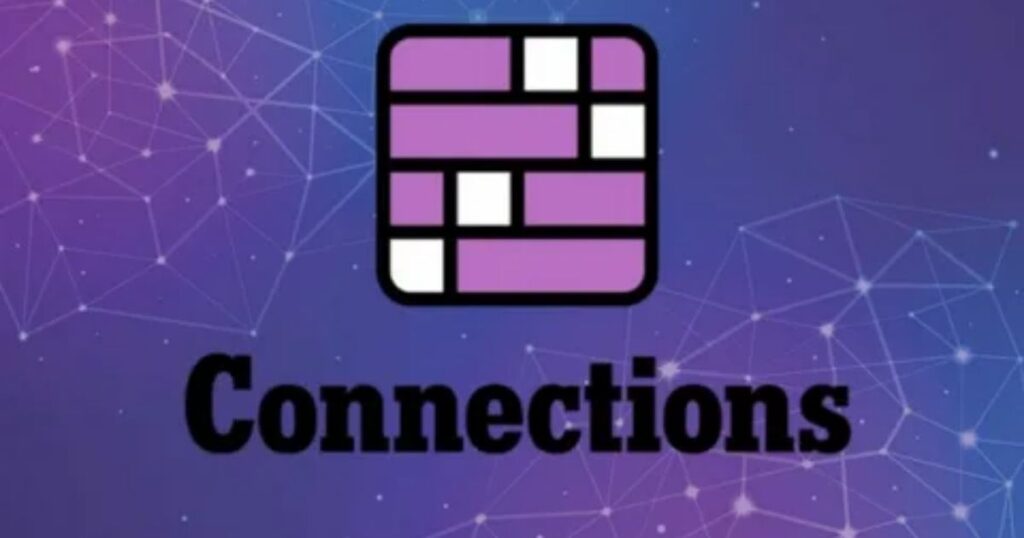
Real NYT Connections Puzzles and Their Themes
Here are some examples of real groupings that stumped players:
- Yellow: Apple, Orange, Banana, Grape – Fruits
- Green: Hammer, Wrench, Screwdriver, Pliers – Tools
- Blue: Saw, Club, Bat, Blade – Can be weapons
- Purple: Ring, Clock, Wheel, Circle – Shapes/Things that are round
What You Can Learn From These
Notice that some categories are about function, others about shape, and some about wordplay. Understanding this helps improve pattern recognition.
The Psychology Behind Connections and Wordplay
Why Our Brains Love These Puzzles
Solving Connections activates parts of the brain related to pattern recognition, memory recall, and abstract thinking. It’s a quick but effective brain workout.
Cognitive Biases That Affect Gameplay
You might miss a group because of anchoring bias (focusing too much on one word’s meaning), or confirmation bias (seeing what you expect). Awareness helps overcome mental blocks.
Connections vs. Wordle: What’s the Difference?
Wordle = Vocabulary Precision
Wordle is about guessing a word in six tries using logic and feedback. It’s linear and answer-driven.
Connections = Thematic Association
Connections is about relational thinking. You’re not just guessing; you’re categorizing, synthesizing, and seeing patterns. It offers deeper cognitive engagement.
Expert Tips to Solve Connections Faster

1. Look for Exact Synonyms First
These are often in the yellow or green groups. Synonyms are easier to spot than abstract groupings.
2. Watch for Wordplay and Puns
Purple groups are often based on homonyms or double meanings. Ask: “Could this word mean something else?”
3. Don’t Get Attached to One Idea
If you’re stuck, rearrange the words mentally or physically. Sometimes grouping them in different orders can trigger insight.
4. Use Mashable Hints Strategically
Start with general hints and only escalate when truly stuck. This preserves the challenge but keeps your streak alive.
What Makes Connections Hint Mashable Stand Out?
Trusted Source for Daily Game Enthusiasts
Mashable is known for delivering tech and entertainment news, and now it’s become a go-to for NYT Connections hints. Our content is curated by puzzle fans for puzzle fans.
User-Friendly, No-Spoiler Format
We organize hints clearly with spoiler warnings, collapsible hint sections, and color-coded difficulty markers. Whether you’re playing on mobile or desktop, it’s optimized for smooth experience.
The Community Behind Connections
Join the Daily Discussion
Many fans now treat Connections like a social game, sharing their results online, comparing times, and debating tricky clues. Platforms like Reddit, X (formerly Twitter), and Discord are buzzing every day.
Friendly Competition and Shared Wins
Thanks to Connections Hint Mashable, many users share their victories knowing they got just the right nudge not a full reveal. It makes the win feel earned, not handed to them.
Future of Connections and Hint Platforms
More Themes and Variations to Come
The NYT Games team continues to innovate. Expect more pop culture categories, seasonal events, and possibly difficulty tiers in future updates.
Expanding Mashable’s Puzzle Coverage
Mashable’s hint services may expand into video walkthroughs, interactive clue trees, or browser extensions that offer live hints. The future is exciting for word puzzle lovers.
Final Thoughts
Connections isn’t just a game it’s a daily ritual that boosts your brain, challenges your creativity, and fosters community. And when you’re stuck, Connections Hint Mashable is there to help you continue without killing the joy of solving. Whether you’re a casual player or a Connections fanatic, using daily hints strategically will make you sharper and more confident. Remember: it’s not cheating it’s learning. Puzzle on!

আমি আয়ান নাফি, একজন ক্যাপশন লেখক গত পাঁচ বছরেরও বেশি সময় ধরে বাংলা ভাষার সৌন্দর্য তুলে ধরার কাজ করছি। আমি banglasadcaption.info-এর প্রতিষ্ঠাতা, যেখানে সবাই সহজেই সুন্দর ও অনুপ্রেরণামূলক বাংলা ক্যাপশন, শুভেচ্ছাবার্তা, জন্মদিন এবং বিবাহবার্ষিকীর শুভেচ্ছা খুঁজে পেতে পারেন।

